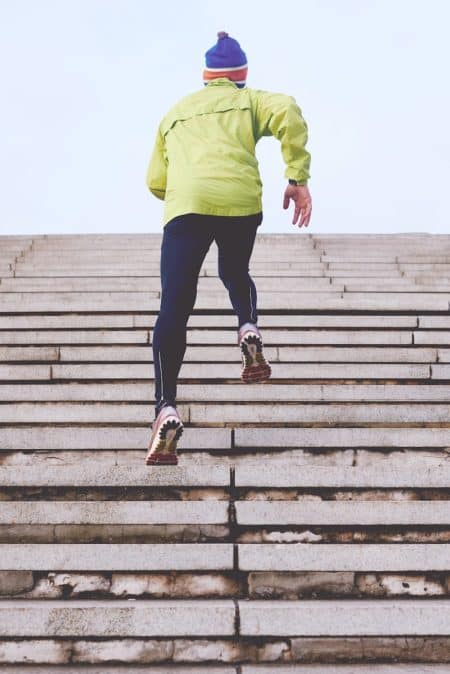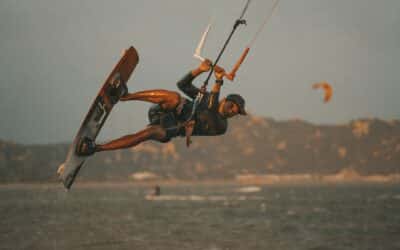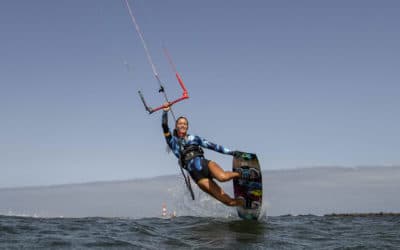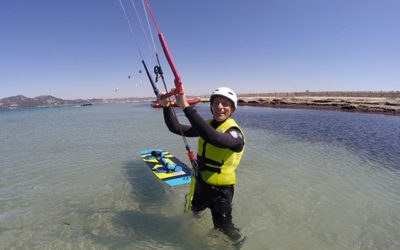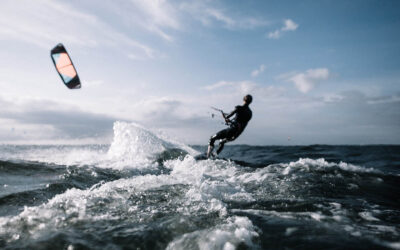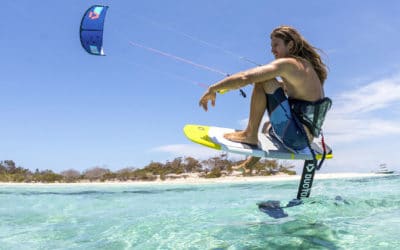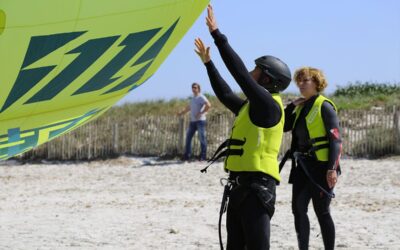Preparation and fitness tips for kitesurfing
Kitesurfing is not a sport to be taken lightly. When a rider leaves for a session, he will stay at least 3 to 4 hours in the water and provide an effort that requires practice and endurance. It is therefore necessary to be in good physical shape to avoid making mistakes that could prove to be dangerous. Whether you are a beginner or an experienced rider, preparation and fitness are essential. Which sports should you choose? The answers, to follow.
Running
To keep up with the effort, you need to practice cardio. It is not a question of physical strength, but of endurance. Running is one of the sports to be favoured. To increase resistance, split training is ideal. This consists of alternating fast and slower sets, with 3 minutes between sets. The interest of the split is to push your body to its limits and to burn more calories.
Thanks to the effort required over a long period of time, the heart is continuously solicited. This helps to improve breathing and to better control breathing. The idea is not to run fast, but to run for a certain amount of time, the minimum time being 45 minutes. At the end of the session, walk quietly for a few minutes to bring the pace down and stretch to improve recovery and muscle elasticity.
Swimming
Swimming is the other ultimate endurance sport with the advantage over running that it is much gentler on your joints. Water has the advantage of carrying you without feeling your weight. Immersed in liquid, your body cools down naturally. You can bear the effort longer and all your muscles work.
You should plan a session of at least 40 minutes, varying the strokes: breaststroke, backstroke and crawl. The idea is to prefer pools of at least 50 metres. By doing so, you will avoid interrupting your effort by turning around to go back the other way. Don’t hesitate to practice split swimming by increasing the movement of your arms over a few lengths. Don’t get out of the pool immediately, but prolong the pleasure by floating to recover gradually and relax your muscles.
Cycling
There’s nothing like cycling to keep your heart pumping. As well as strengthening your thighs and legs, it is good for your back, provided you sit comfortably and keep your back straight. To avoid tendonitis, your leg should remain straight on the pedal. Cycling is more enjoyable in the warmer weather, and allows you to gradually get back into the swing of things before getting back on a board.
Whatever sport you practice, running, swimming or cycling, adapt the pace to your physical condition and be aware of your limits. Regular practice will allow you to improve and above all to avoid injuries when you return to your favourite sport, kitesurfing.
Developing physical qualities
Professional riders also do regular training, especially to build up their muscles by gaining strength. There are a variety of exercises such as push-ups, shoulder pulls and jumping jacks that work the abdominal and lower back muscles. To control your balance, try proprioception exercises on unstable supports such as a swissball.
This large inflatable ball improves posture, abdominal muscles and tones the body. To improve your positioning in space, you can do trampoline sessions and test your freestyle tricks before kiting them.
Before starting a kiteboarding session, it is necessary to get some energy. The day before, prepare slow sugars such as pasta or rice. On the day itself, eat a healthy, balanced meal without overdoing it. Be aware that digestion time is 3 hours after the meal, so avoid going to the water during this time.
Don’t forget to stay hydrated. Just because kiteboarding is a water sport doesn’t mean you don’t need to hydrate regularly afterwards, especially when the sun is shining. Drink at least 2 litres of water in small gulps. Take a waterproof backpack with you in which you can slip a bottle of water, a cereal bar and some dried fruit. Finally, warm up for at least 15 minutes before jumping into the water.
Search
Catégories
Recent Posts
Suivez-nous !
